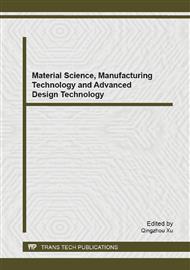p.389
p.395
p.399
p.404
p.408
p.414
p.417
p.420
p.424
Application of Multi-Objective Optimization Algorithm Based on Physical Programming in Ship Conceptual Design
Abstract:
Ship optimization design is a typical multi-objective problem. The multi-objective optimization algorithm based on physical programming is able to obtain evenly distributed Pareto front. But the number of Pareto solutions and the search positions of pseudo-preference structures still exit some disadvantages that are improved in this paper. Firstly uniform design for mixture experiments is used to arbitrarily set the number of Pareto solutions and evenly distribute the search positions of pseudo-preference structures. Then the objective space is searched by shrinking of search domain and rotation of pseudo-preference structure technology. The optimization quality is able to be improved. Finally, the improved multi-objective optimization algorithm is applied to ship conceptual design optimization and compared with the multi-objective evolutionary algorithm to verify the effectiveness of the improved algorithm.
Info:
Periodical:
Pages:
408-413
Citation:
Online since:
March 2014
Authors:
Price:
Сopyright:
© 2014 Trans Tech Publications Ltd. All Rights Reserved
Share:
Citation:


